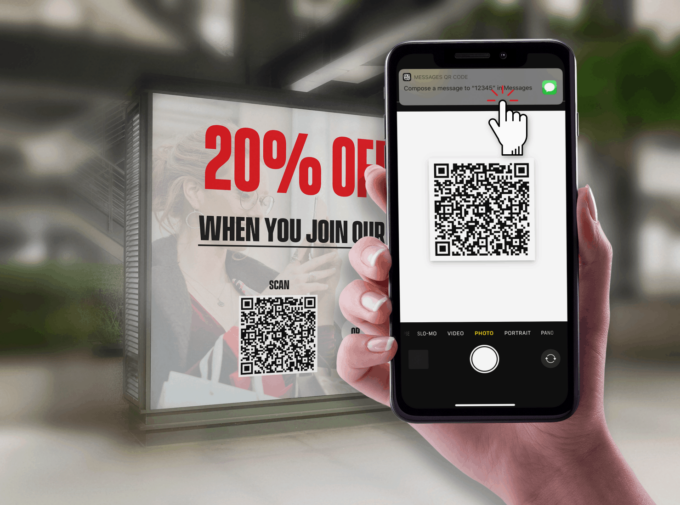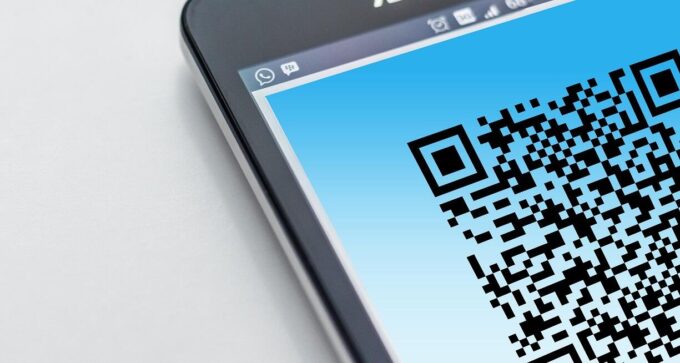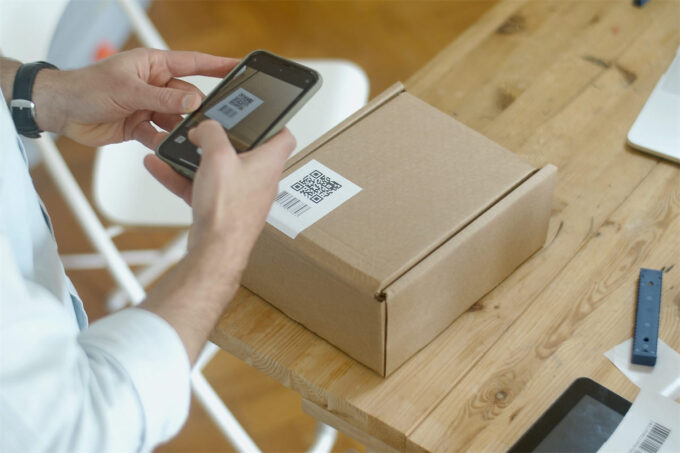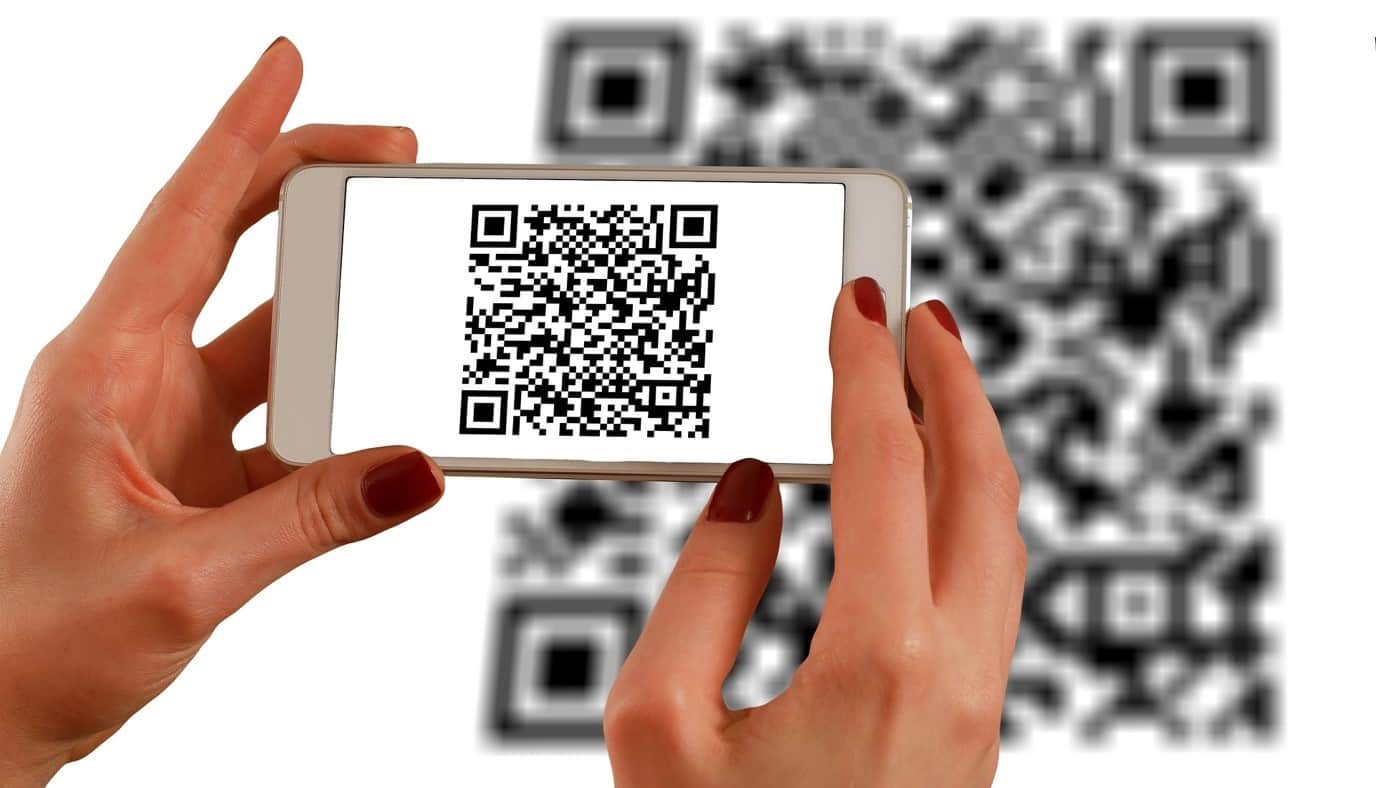In today’s fast-paced digital world, QR codes have emerged as powerful tools that are reshaping the way businesses operate and how consumers access information. These seemingly simple black and white patterns are ubiquitous, found on product packaging, restaurant menus, advertisements, and even your mobile payment app.
In this comprehensive guide, we will delve into the world of quick response codes, explaining what they are, how they work, and why they have become a game changer for the economy and business growth.
What Are QR Codes?
Before we dive into the mechanics of quick response codes, let’s start with the basics. QR stands for “Quick Response,” and that’s precisely what these symbols offer. They are two-dimensional barcodes that can store a wealth of information, from website links and contact details to Wi-Fi network credentials and more. Think of them as digital keys that unlock content or perform specific actions when scanned. As businesses and consumers alike recognize their value, quick response codes are here to stay, create free QR codes and a brighter and more connected future for us all.
How QR Codes Work
The magic of QR codes lies in their intricate pattern of squares. These patterns are encoded with data, and when scanned by a smartphone camera, the information is quickly extracted. Smartphones play a pivotal role in this process, as they have become the primary means of interacting with quick-response symbols.
When you scan a QR code, your smartphone’s camera captures the code’s image, deciphers the encoded data, and then takes appropriate action. For example, scanning a quick response code on a restaurant menu can open a website with the full menu, saving you the trouble of handling physical menus.
QR Codes in Marketing

Businesses have embraced QR codes as a potent tool for marketing and advertising. Imagine you’re strolling through a shopping mall, and you spot a poster with a quick response code. Scan it, and you may be directed to a promotional video, a discount coupon, or even an interactive game related to the product being advertised. This instant engagement with customers has revolutionized marketing strategies.
QR codes offer versatility and creativity in marketing campaigns. They can be placed on billboards, business cards, brochures, and product packaging, enabling businesses to bridge the physical and digital worlds seamlessly. For instance, a cosmetics brand might use quick response symbols to link customers to makeup tutorials or reviews, enhancing the shopping experience.
Contactless Payments
One of the most significant developments in recent years is the use of QR codes for contactless payments. Mobile wallets and payment apps like Apple Pay, Google Pay, and various banking apps now allow users to make payments by scanning quick response symbols.
This innovation became even more crucial during the COVID-19 pandemic, as it minimized physical contact at checkout counters. Consumers simply scan a QR code displayed at a store, restaurant, or even a street vendor’s stall to complete their transactions. It’s quick, secure, and convenient, and it’s transforming the way we handle payments.
COVID-19 Impact

The pandemic acted as a catalyst for the widespread adoption of quick response codes. Social distancing measures prompted businesses to reduce touchpoints, and QR codes offered an elegant solution. They became integral in facilitating contactless transactions, from ordering food at restaurants to checking into hotels. Quick response symbols played a vital role in keeping businesses running while minimizing health risks.
QR Codes for Information
Beyond marketing and payments, QR codes are valuable for sharing information. For instance, manufacturers often place quick response codes on product packaging. When scanned, these symbols can provide consumers with detailed product specifications, usage instructions, and safety information. This not only enhances customer experience but also reduces the need for extensive printed manuals.
Benefits for Small Businesses
Small businesses, in particular, have embraced QR codes for their cost-effectiveness and accessibility. Unlike traditional advertising methods, such as printed flyers and brochures, QR codes require minimal investment. Small businesses can easily generate and distribute quick response symbols for promotions, thereby reaching a broader audience without breaking the bank.
QR Codes in E-commerce

In the world of e-commerce, QR codes are invaluable. They streamline the shopping experience, allowing customers to access product information, reviews, and prices instantly. Some e-commerce platforms even use quick response symbols for one-click checkouts, simplifying the purchase process further.
Imagine you’re shopping online for a new smartphone. Scanning a QR code on the product page can lead you to customer reviews, video demonstrations, and technical specifications, helping you make an informed decision before adding the item to your cart.
Tracking and Analytics
QR codes offer a hidden gem for businesses – tracking and analytics. By using unique quick response symbols for different campaigns or products, businesses can gather valuable data on customer interactions. They can track how many times a code is scanned, where it’s scanned, and what actions users take after scanning. This data provides insights that help businesses refine their marketing strategies and better understand their customers.
QR Codes and Sustainability

In an era where sustainability is a top priority, QR codes play a significant role in reducing environmental impact. Traditional printed materials, such as brochures, catalogs, and manuals, are being replaced by digital alternatives accessed through quick response codes. This reduction in printed materials not only saves resources but also lowers production costs for businesses.
Conclusion: Future of QR Codes
In conclusion, QR symbols have evolved from being mere novelties to becoming indispensable tools in our daily lives. They have revolutionized marketing, transformed payment methods, and facilitated contactless transactions, all while contributing to sustainability efforts.
As we look to the future, quick response codes will continue to play a pivotal role in the economy and business growth, bridging the physical and digital worlds, and providing a quick and efficient means of accessing information and services. The rise of quick response codes is not merely a trend; it’s a fundamental shift in how we interact with the world around us.











